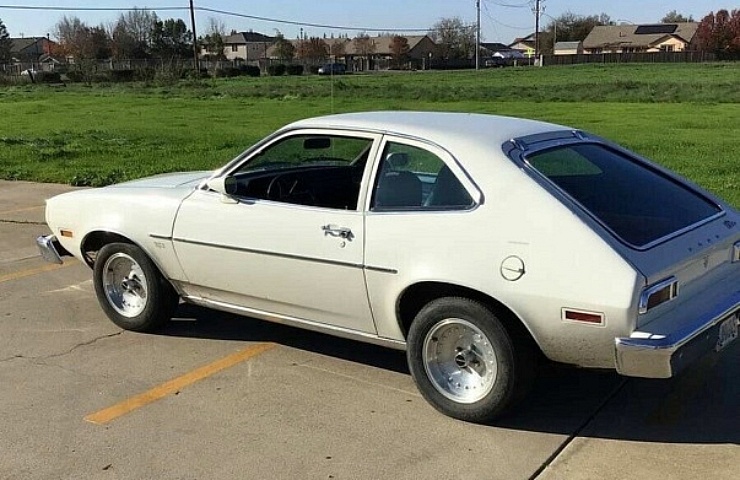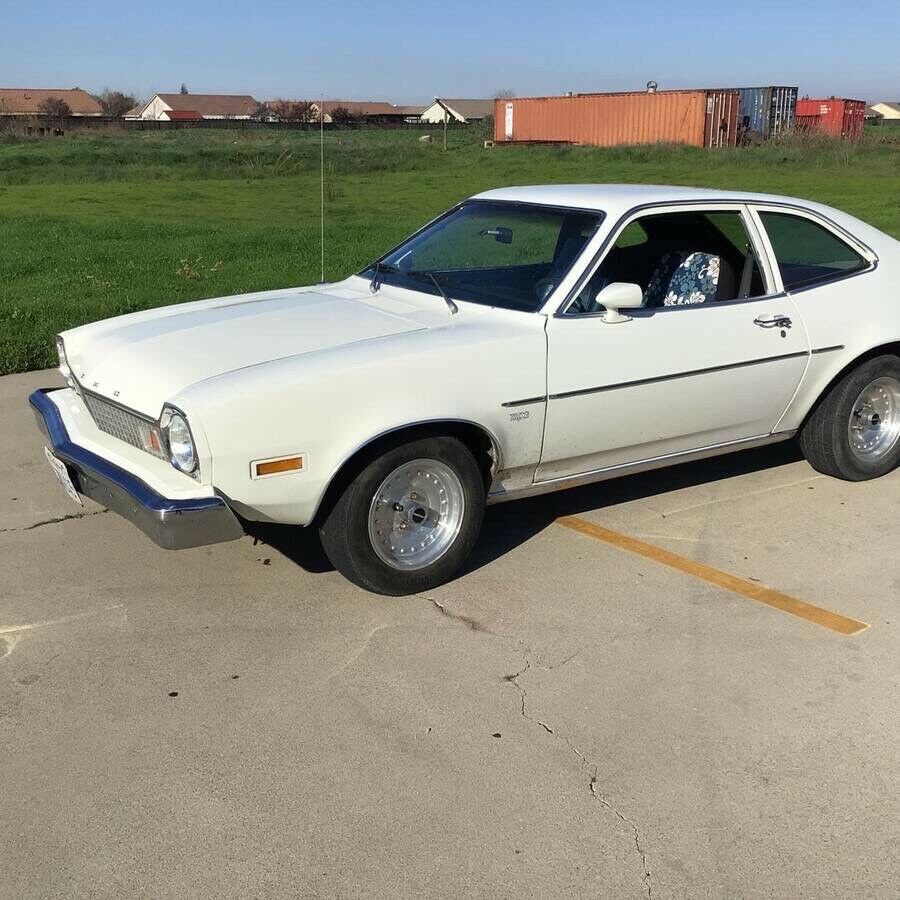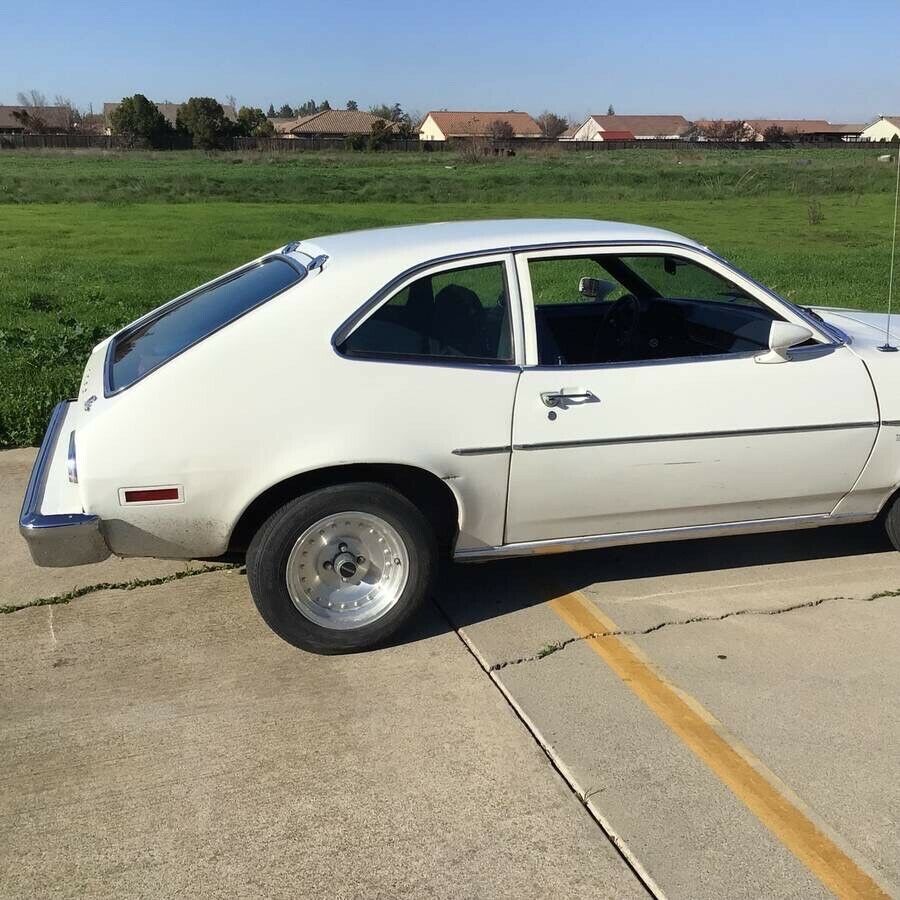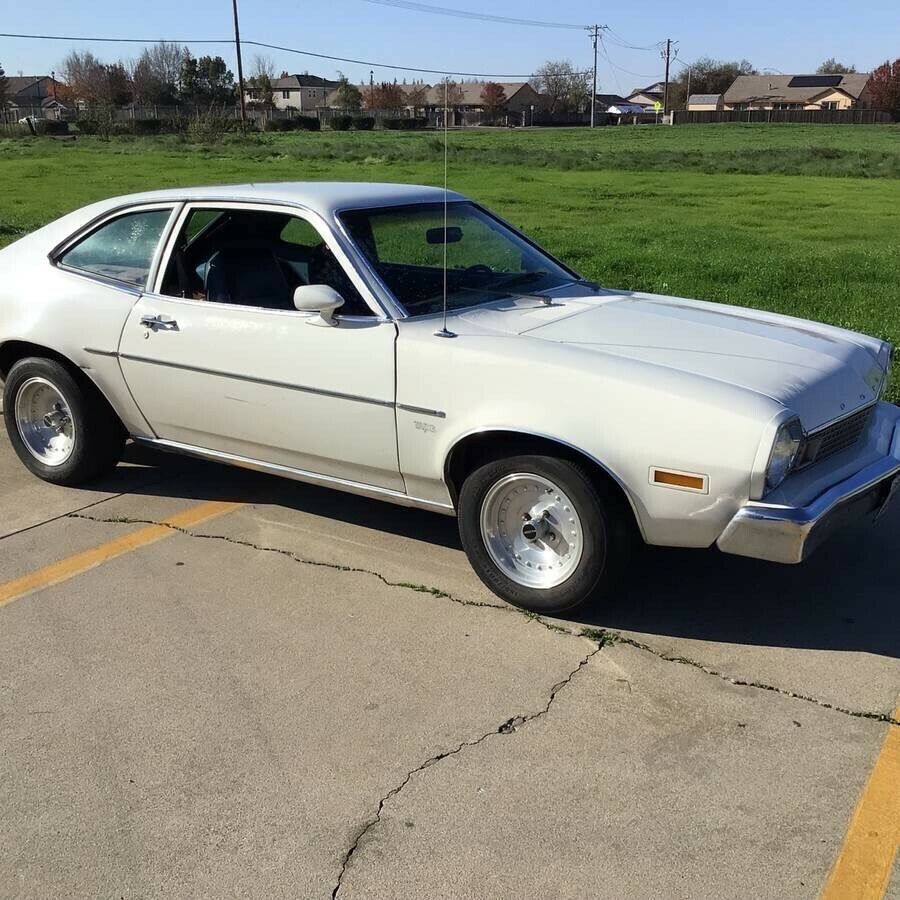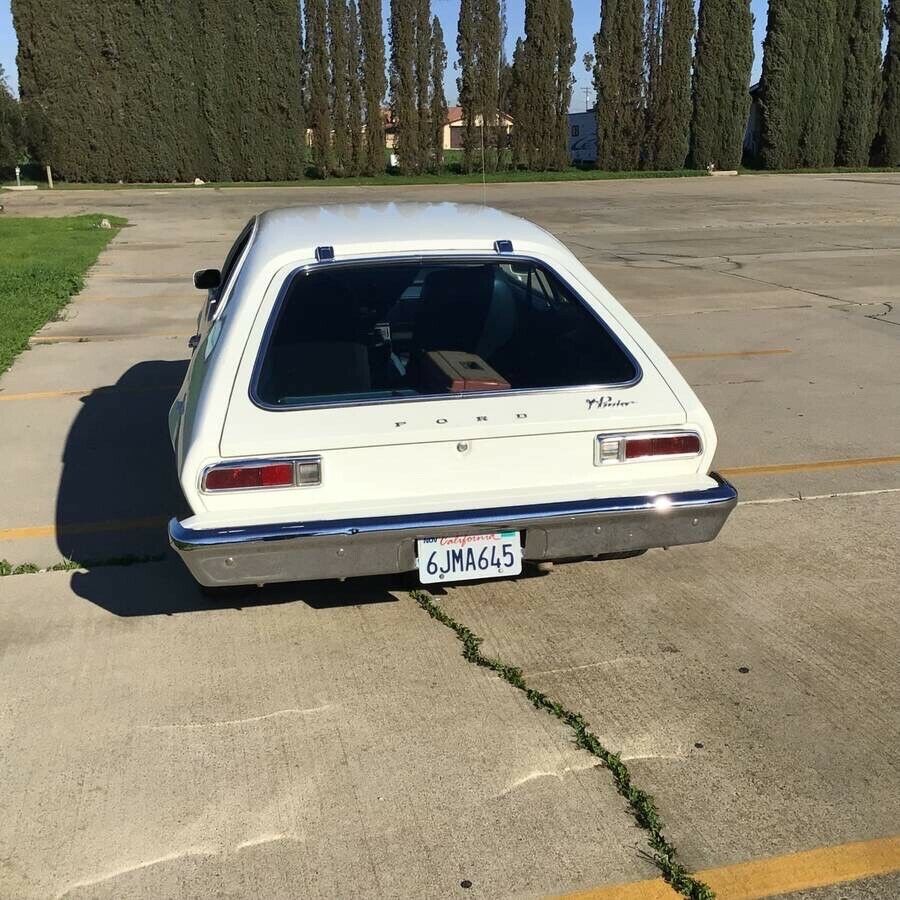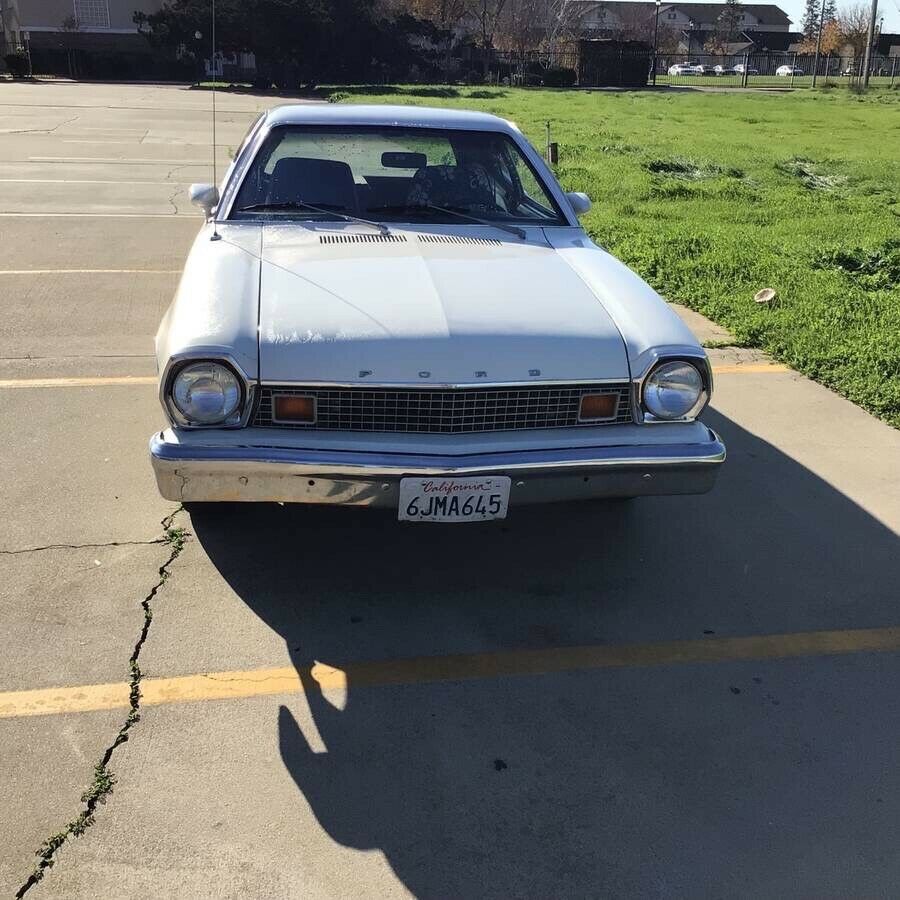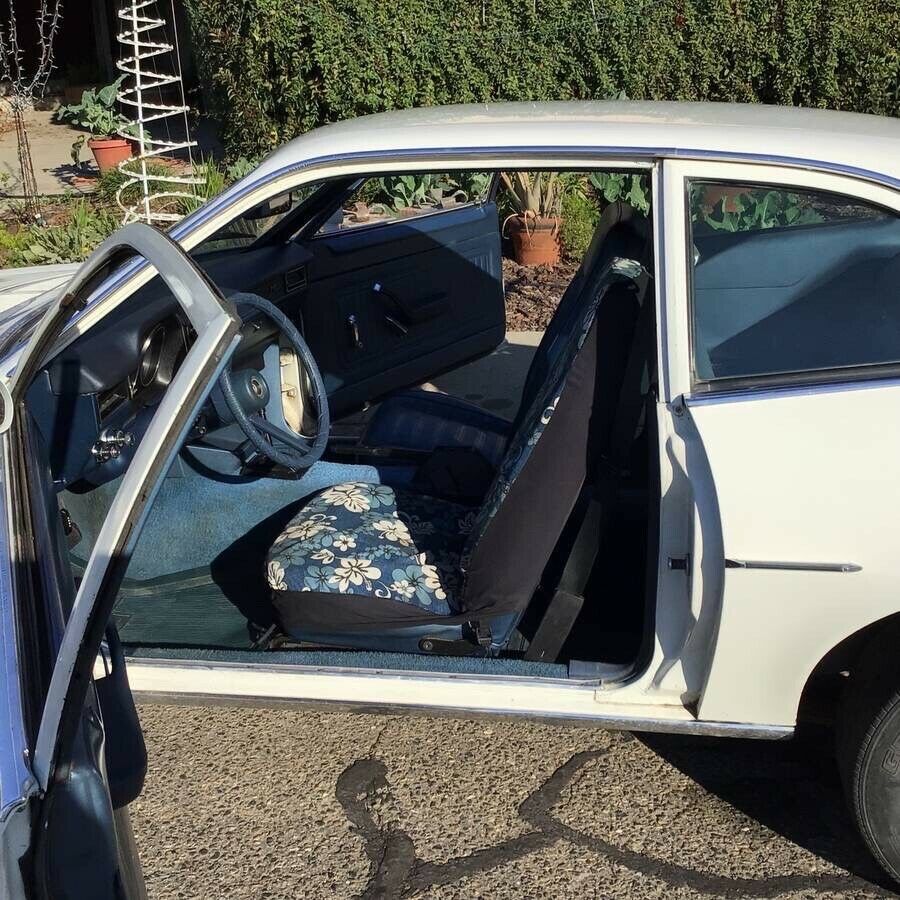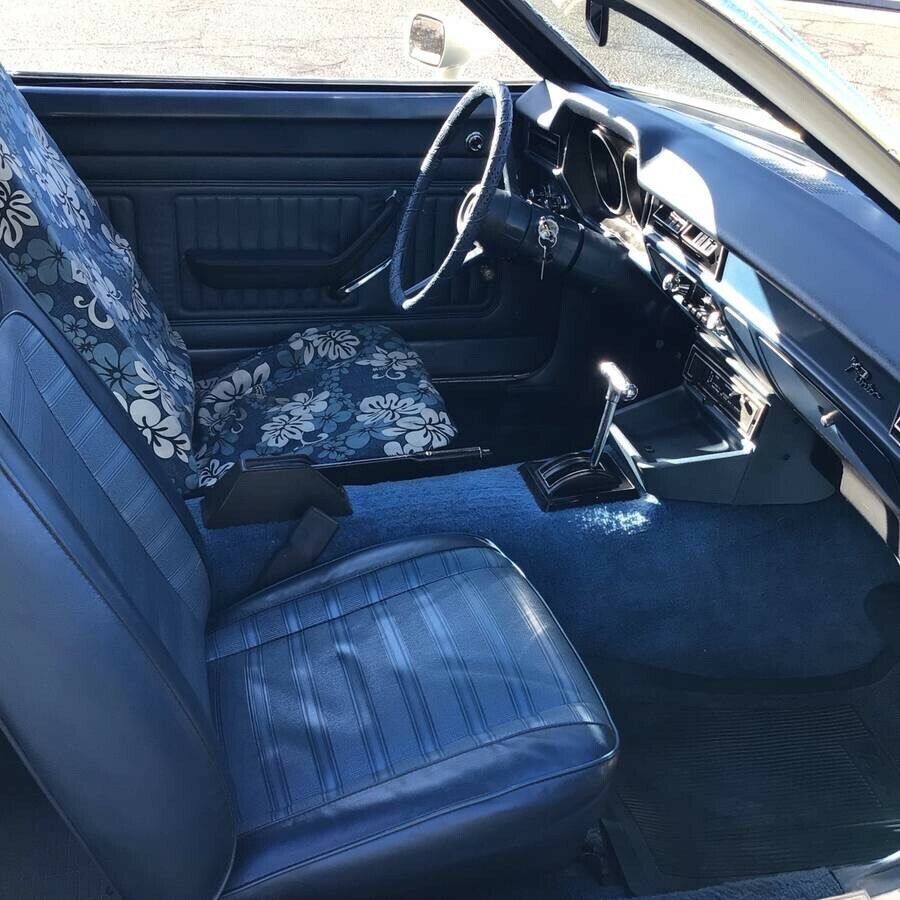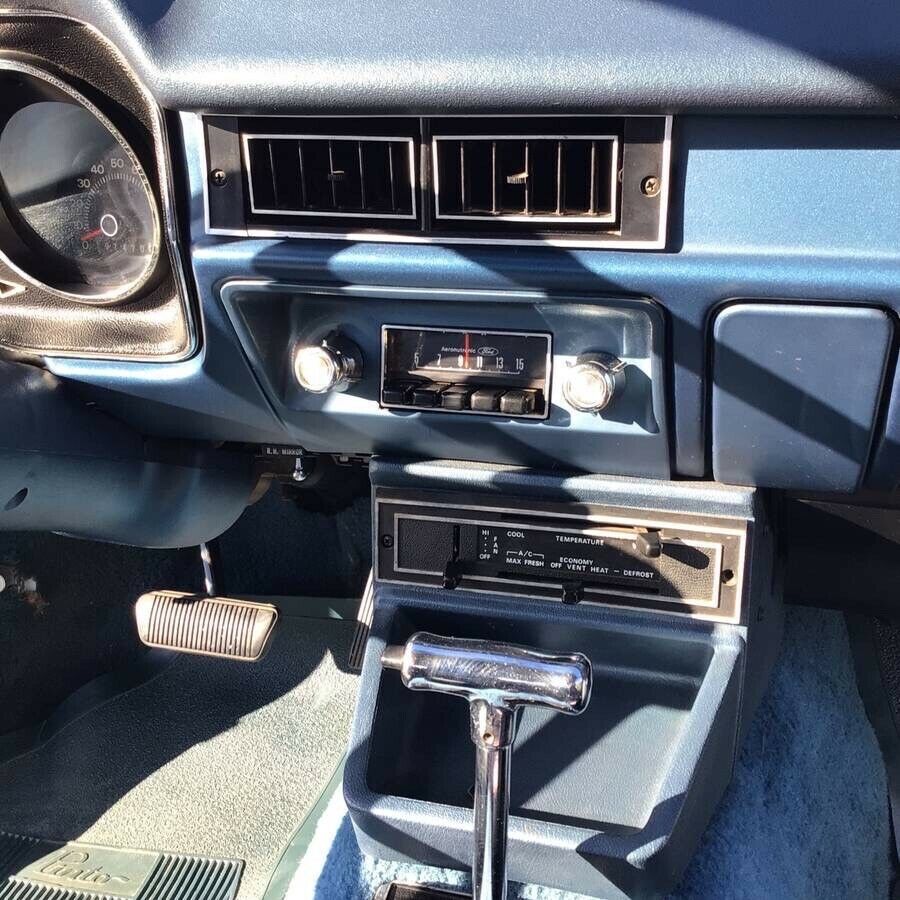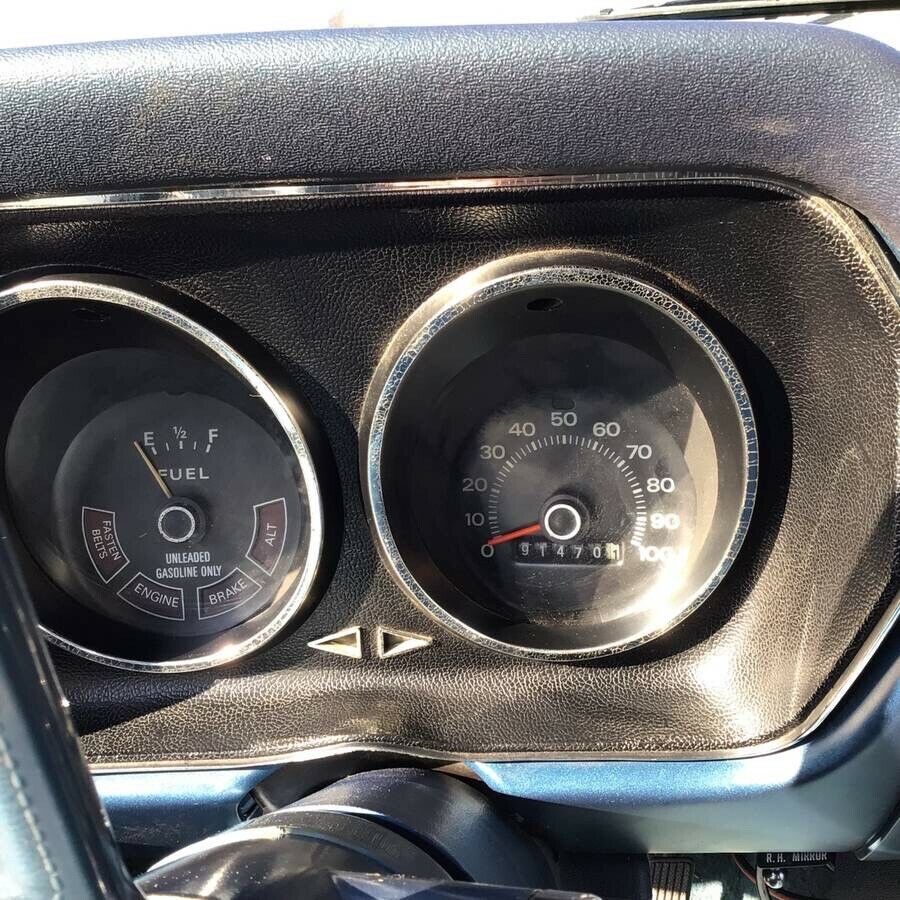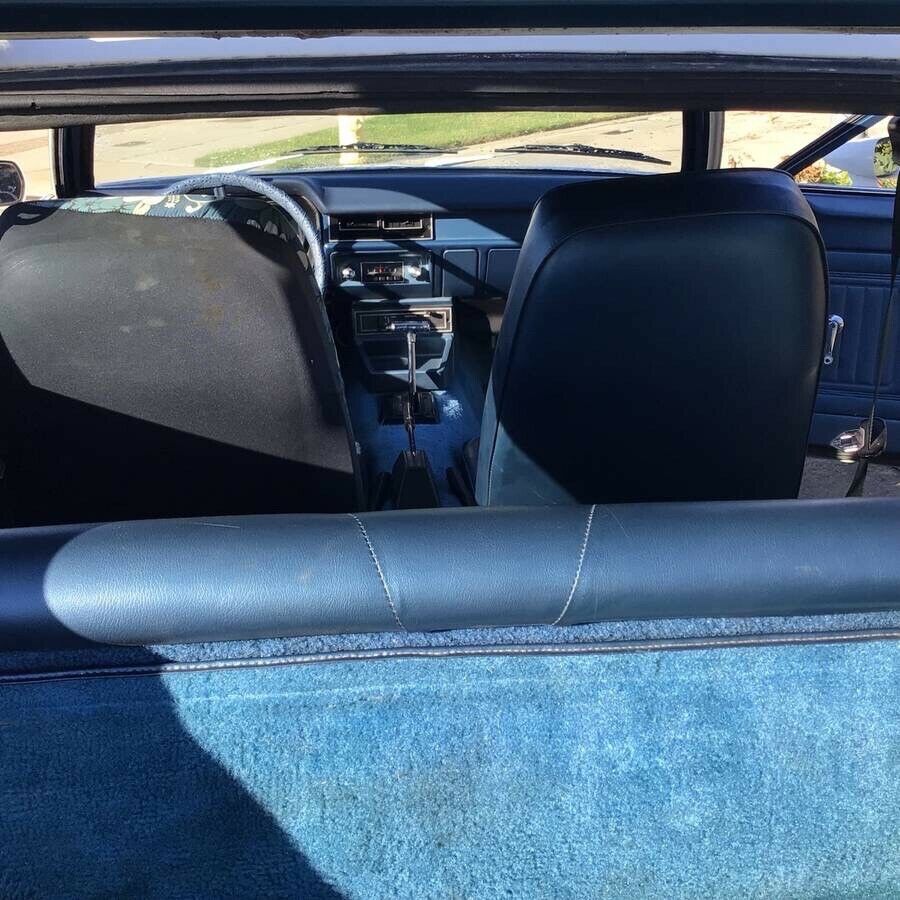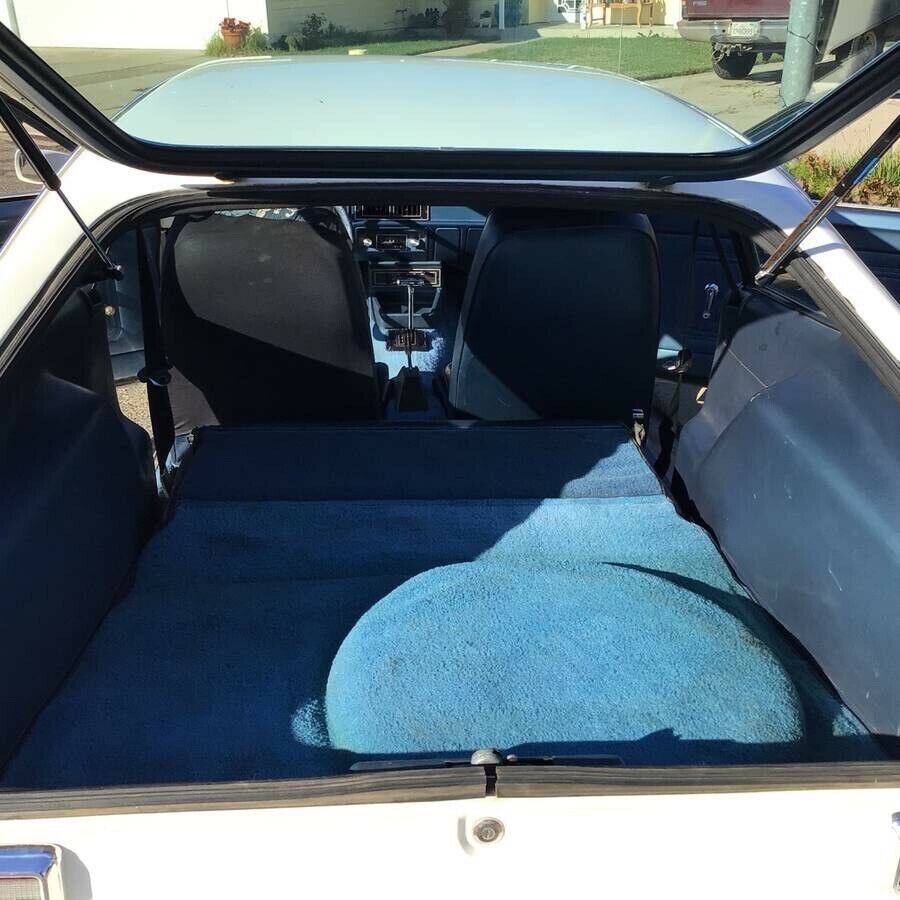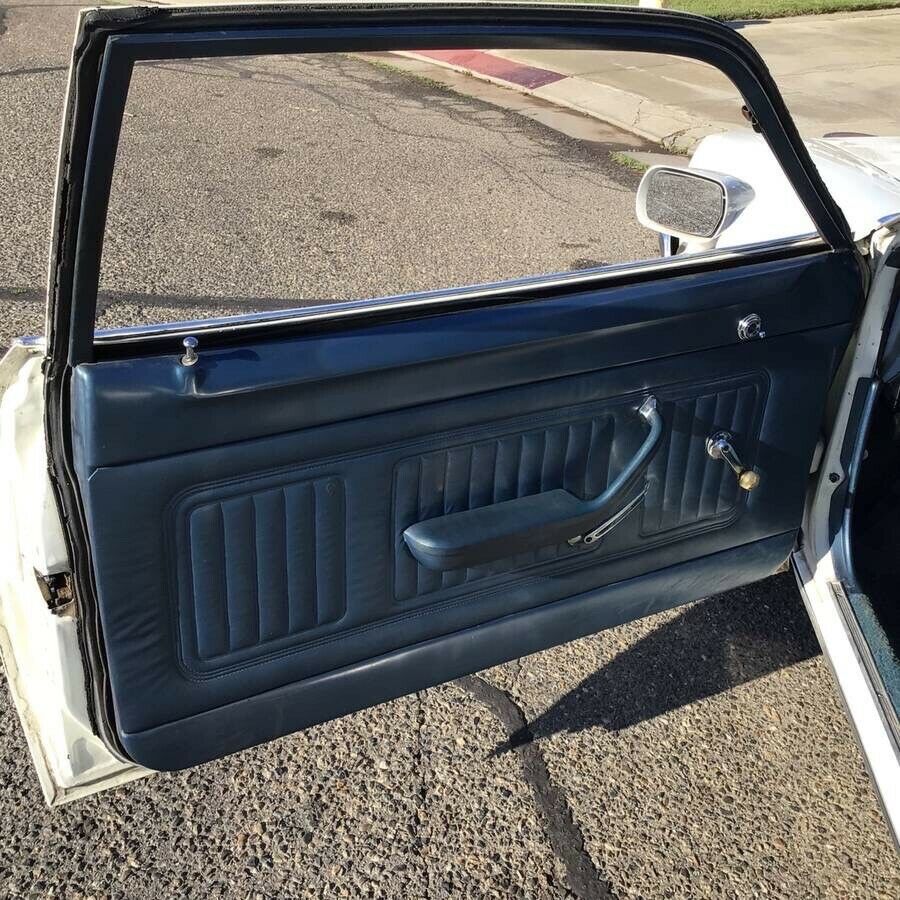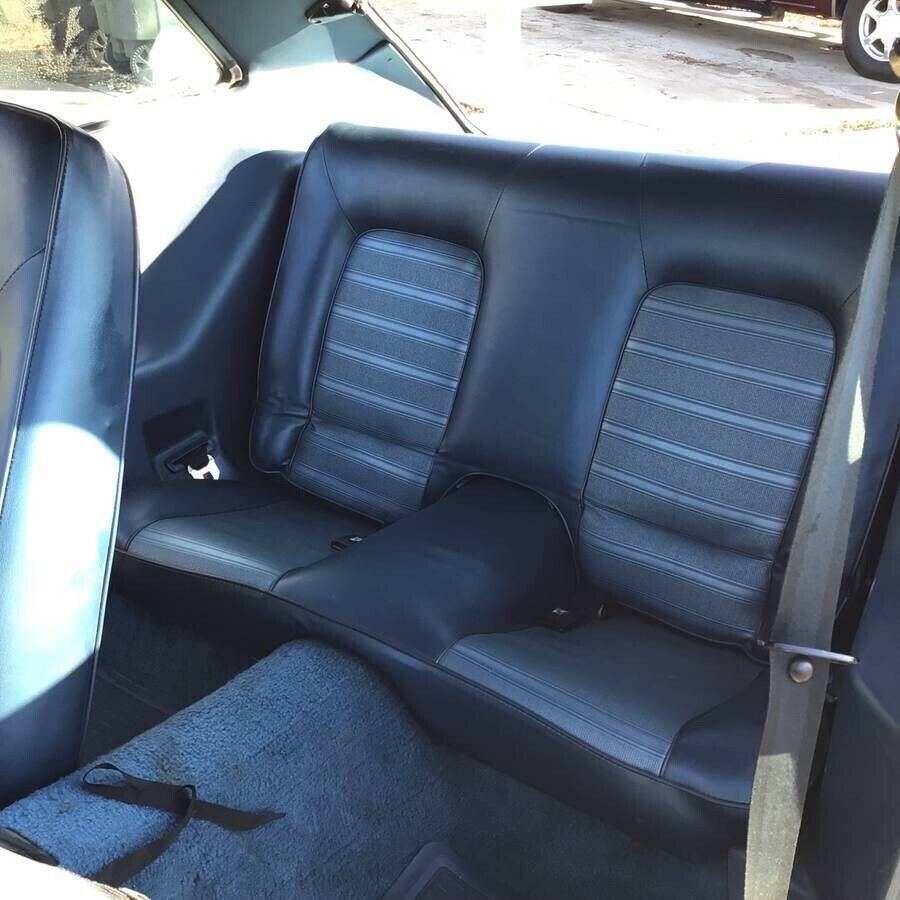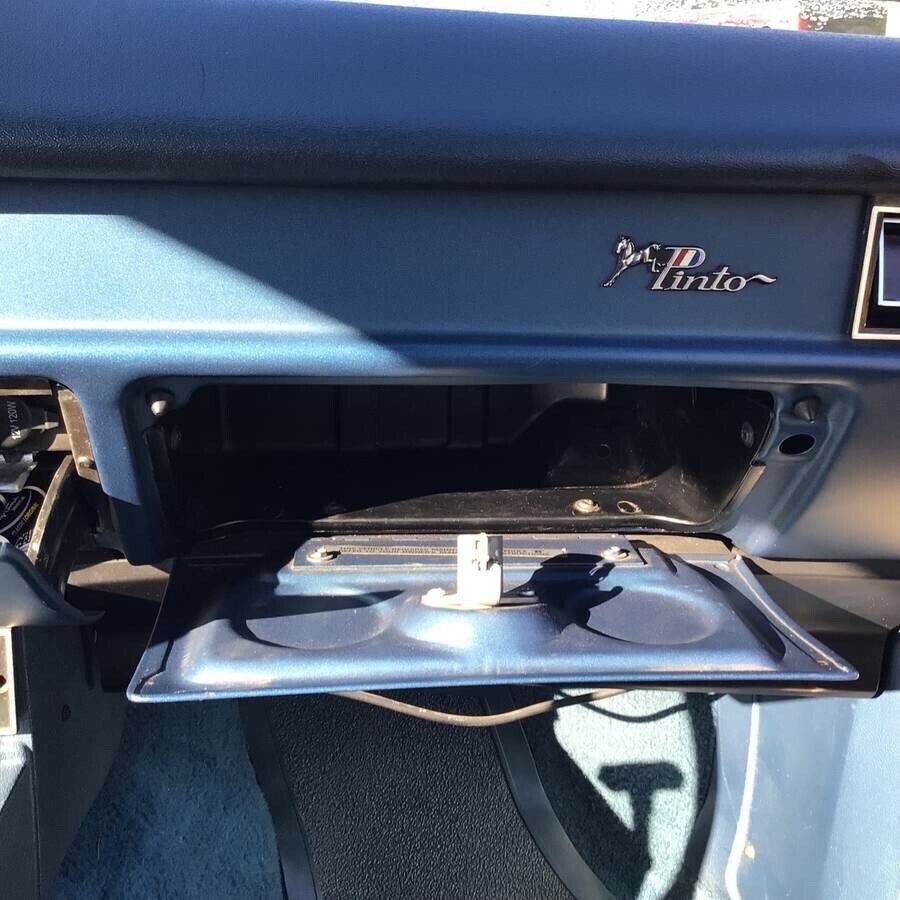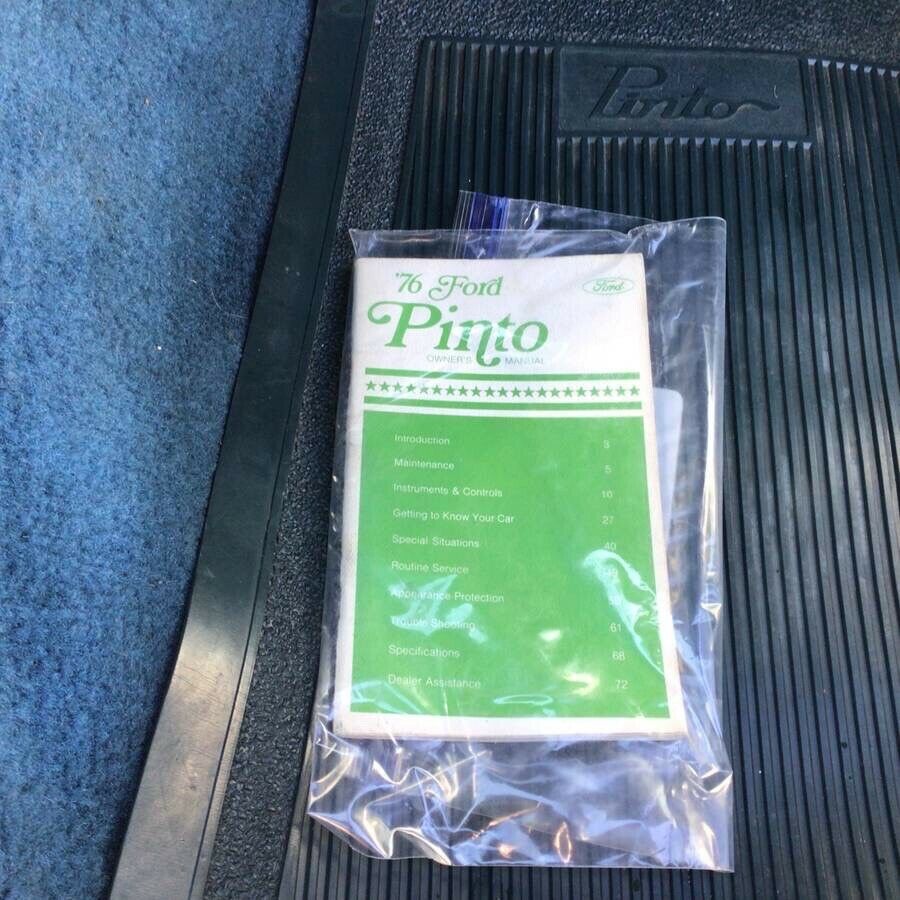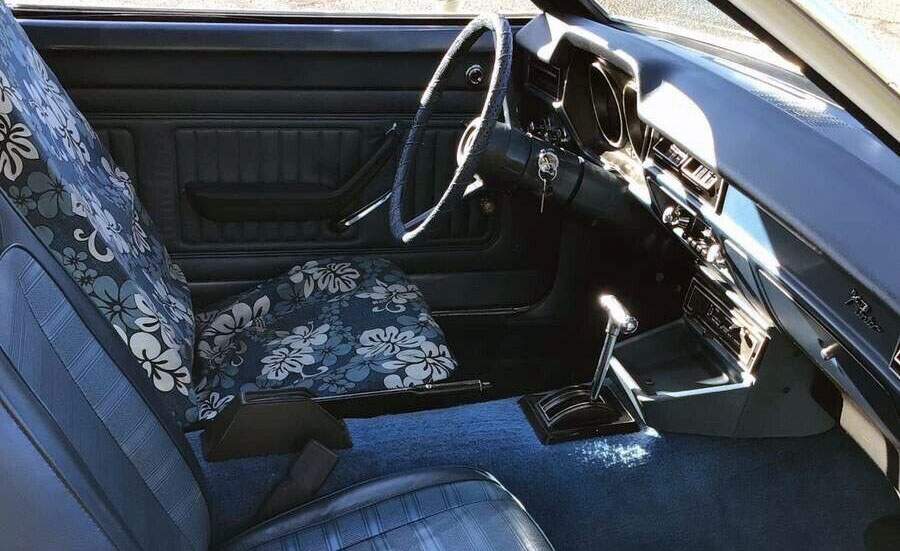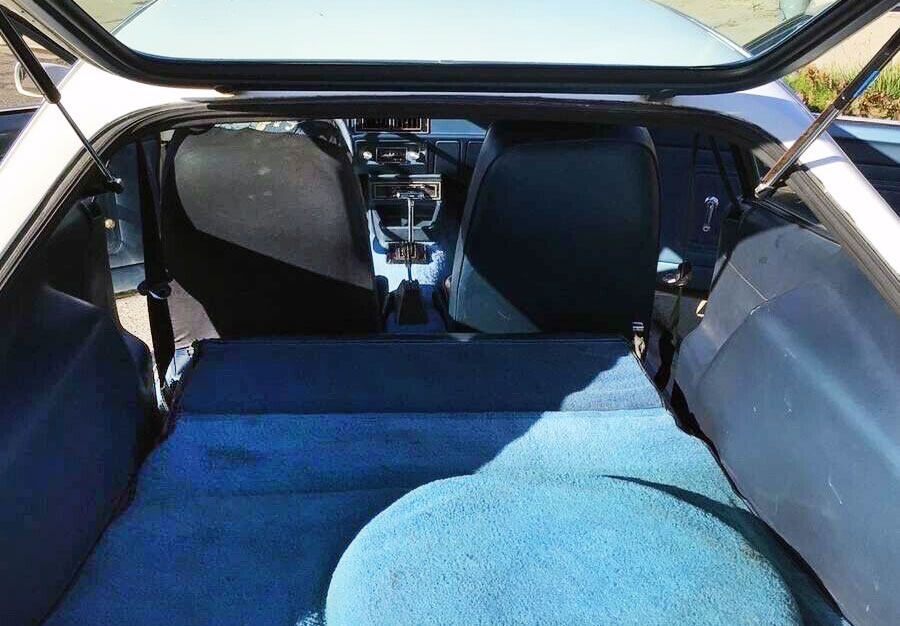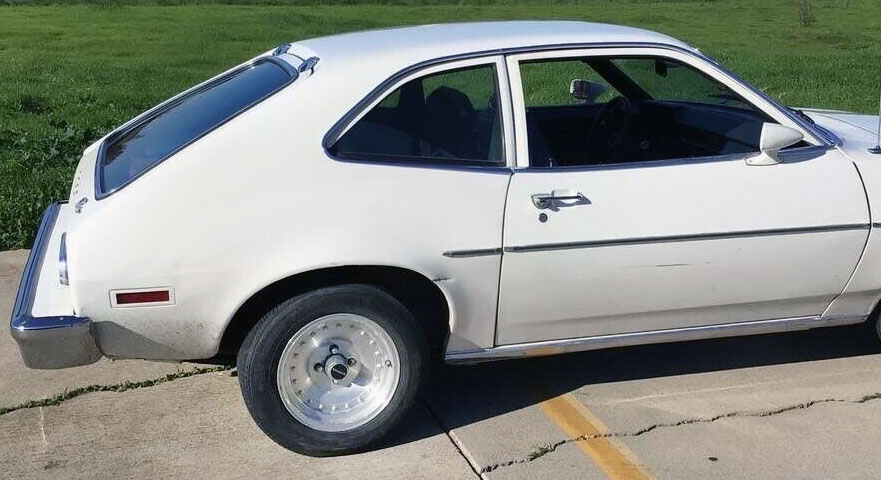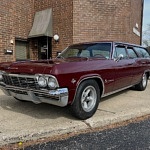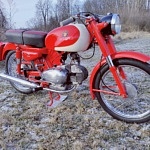Ford introduced the Pinto for the 1971 model year. It was notable as one of the first domestic cars competing against sporty downsized offerings from Europe and Japan.
Ford sold more than three million Pintos over nine years of production. The 1976 example for sale on eBay is a rare survivor.
The Pinto became mired in controversy when news broke that the cheap, subcompact car was rushed through design and production in about two years. That’s roughly half the time of a traditional auto development cycle. More importantly, the Pinto’s gas tank was reportedly prone to fire if impacted in a collision. Numerous Pinto fatalities led to an infamous scandal.
On June 9, 1978, Ford Motor Company agreed to recall 1.5 million Ford Pinto and 30,000 Mercury Bobcat sedan and hatchback models for fuel tank design defects. Subsequent analysis suggested that the Ford Pinto’s safety was comparable to other 1970s subcompact cars. (See “The Myth of the Ford Pinto Case,” PDF: 4.1 MB)
An Affordable Road Racer
Before the controversy, the Pinto was considered an affordable, fun-to-drive, two-door, four-seater. The combination of its light weight, rack-and-pinion steering, and easily modified powertrain made it a favorite with road racers.
The Pinto’s low price gave drivers permission to put it through hard use as commuter car or delivery vehicle. Others succumbed to rust or were passed down through families until they were used up. However, the car on offer managed to escape the fate of many contemporaries, thanks to proper care and the gentle California climate.
Now showing just over 91,000 miles, the Pinto is almost entirely original and with just enough wear to make it a classic you can drive every day.
An Early Fuel-Efficient American Hatchback
This Pinto is a hatchback model or Runabout in Pinto-speak. These variants featured a tailgate instead of a trunk for easy access to an increased cargo area. In addition, folding rear seatbacks drop down to make more room for packages and gear.
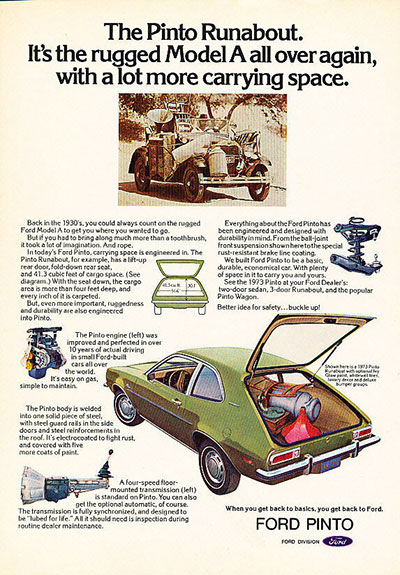
A 1973 Pinto Runabout ad highlights the cargo advantage for a hatchback.
The original 2.3-liter, overhead cam four-cylinder engine is still under the hood. It’s good for 92 horsepower. Despite its modest output, the engine is more than up to the task of motivating the featherweight Pinto, which tips the scale at about 2,500 pounds.
With an EPA-rated 38-mpg on the highway, the Pinto was one of the most frugal cars you could buy in 1976. Its fuel mileage is respectable even by today’s standards.
The combined efficiency and utility of a hatchback became a mainstay of affordable motoring for decades.
Recent maintenance on the 1976 example includes all-new engine gaskets, including intake and exhaust manifold gaskets, head gaskets, rear main seal, and valve seals. These days, the current owners used the ’76 Pinto primarily as a weekend driver.
Surviving Its Reputation
The original white exterior paint shows well, with a few minor scratches and dings from regular use. A set of aftermarket chrome alloy wheels lend a bit of sporty flair to the otherwise frumpy stock appearance.
The blue interior is all original and shows well for its age. Matching door panels, dash, carpet, and headliner are all there and in excellent condition, with no tears or rips.
The passenger and rear seats look virtually new, while the driver’s seat is fitted with an aftermarket seat cover. A floor-mounted T handle shifter operates the optional three-speed automatic transmission, and the factory radio is in place.
This Pinto, priced at $5,500, is a drivable piece of American automotive history. Unfortunately, controversy about its safety eclipses the Pinto’s place as one of the country’s first affordable, engaging subcompacts.

